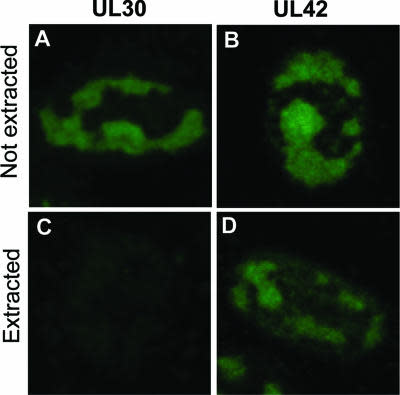
Cat. #153513
Anti-PD-1 [J110]
Cat. #: 153513
Sub-type: Primary antibody
Unit size: 100 ug
Availability: 10-12 weeks
Target: PD-1
Class: Monoclonal
Application: ELISA ; IHC ; WB
Reactivity: Human
Host: Mouse
This fee is applicable only for non-profit organisations. If you are a for-profit organisation or a researcher working on commercially-sponsored academic research, you will need to contact our licensing team for a commercial use license.
Contributor
Institute: Clonegene LLC
Tool Details
*FOR RESEARCH USE ONLY
- Name: Anti-PD-1 [J110]
- Alternate name: Programmed cell death protein 1, CD279
- Clone: J110
- Tool sub type: Primary antibody
- Class: Monoclonal
- Conjugation: Unconjugated
- Reactivity: Human
- Host: Mouse
- Application: ELISA ; IHC ; WB
- Description: The PD-1 protein is an inhibitory cell surface receptor involved in the regulation of T-cell function during immunity and tolerance. Upon ligand binding, inhibits T-cell effector functions in an antigen-specific manner. Possible cell death inducer, in association with other factors. PD-1 belongs to the immunoglobulin superfamily and is expressed on T cells and pro-B cells. PD-1 binds two ligands, PD-L1 and PD-L2. PD-1, functioning as an immune checkpoint, plays an important role in down regulating the immune system by preventing the activation of T-cells, which in turn reduces autoimmunity and promotes self-tolerance. The inhibitory effect of PD-1 is accomplished through a dual mechanism of promoting apoptosis (programmed cell death) in antigen specific T-cells in lymph nodes while simultaneously reducing apoptosis in regulatory T cells (suppressor T cells). A new class of drugs that block PD-1, the PD-1 inhibitors, activate the immune system to attack tumors and are therefore used to treat cancer.
- Immunogen: Native PD-1 protein
- Isotype: IgG1
Target Details
- Target: PD-1
- Target background: The PD-1 protein is an inhibitory cell surface receptor involved in the regulation of T-cell function during immunity and tolerance. Upon ligand binding, inhibits T-cell effector functions in an antigen-specific manner. Possible cell death inducer, in association with other factors. PD-1 belongs to the immunoglobulin superfamily and is expressed on T cells and pro-B cells. PD-1 binds two ligands, PD-L1 and PD-L2. PD-1, functioning as an immune checkpoint, plays an important role in down regulating the immune system by preventing the activation of T-cells, which in turn reduces autoimmunity and promotes self-tolerance. The inhibitory effect of PD-1 is accomplished through a dual mechanism of promoting apoptosis (programmed cell death) in antigen specific T-cells in lymph nodes while simultaneously reducing apoptosis in regulatory T cells (suppressor T cells). A new class of drugs that block PD-1, the PD-1 inhibitors, activate the immune system to attack tumors and are therefore used to treat cancer.
Applications
- Application: ELISA ; IHC ; WB
Handling
- Format: Liquid
- Unit size: 100 ug
- Shipping conditions: Shipping at 4° C





